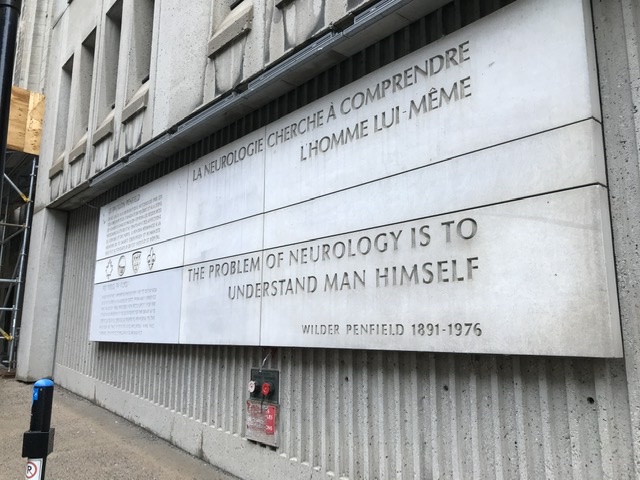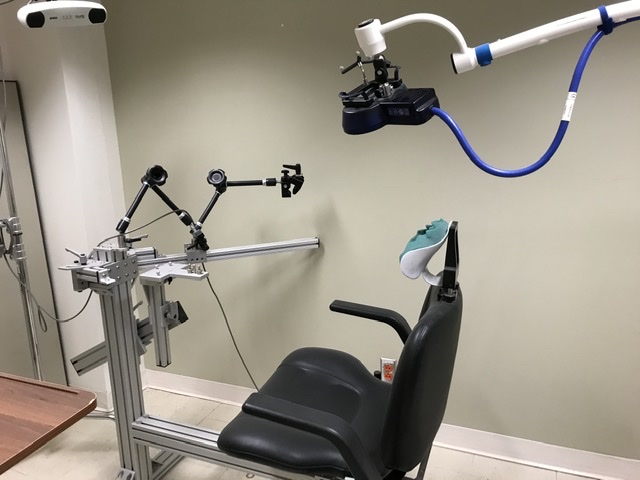or, letting post-docs pick your brain
It’s not easy to engage in a foreign city when you don’t speak the language and you’re avoiding deadly viruses and you work remotely from home. I have been becoming unhealthily reclusive, so I resolved to find activities that would force me to get out and get involved. I’ve been cruising social media for opportunities since we got here but none of the events were manageable for one reason or another.
However, while perusing one of my Montréal Facebook groups, I saw a notice from the Neurophilosophy Department of McGill University looking for study subjects who 1) spoke English as a first language, 2) identified as white, and 3) were born in the U.S. or Canada. They were offering $45 for two research sessions on the McGill campus (yay, candy money!) so I signed up.
I was also intrigued by the “neurophilosophy” label. I’d never heard it before and was interested in how it differed from other neuroscience or cognition studies. I’ve always been a fan of what you could call popular neurology–studies of the brain relating to beliefs and behavior. I eat up books like Mistakes Were Made (but Not by Me) and Society of Mind and Delusions of Gender, and I like to ponder how our personal and social narratives burble up from the biochemical pachinko parlors pinging away under our cerebral cortices.
So on the appointed day I put on my purple paisley rainboots and locked my agoraphobia in the mental basement, trudging dutifully through the subway and the sloggy rain to get to McGill. I felt anxious the whole way AND I got wet. Therefore, despite being a paid “volunteer,” I felt I deserved some explanation: what is neurophilosophy anyway? Why should we bother?
Here’s a hot dating tip if you ever swipe right on a researcher: nothing lights up their life like a seemingly sincere question about their weirdo niche field of study. Fernanda, the post-doc in charge, gave me an enthusiastic round-up of the basic premises of neurophilosophy (“the study of the intersection of body, mind, and culture”) and offered to give me a reading list upon my final visit–but she couldn’t get too specific yet, as I was still a study subject.
Sadly, as interesting as the field of neurophilosophy seems, it doesn’t appear to be very well regarded at McGill. Their “department” consisted of a couple of cluttered rooms in the basement of what was once the morgue sciences building, its grim and dingy decor still intact:
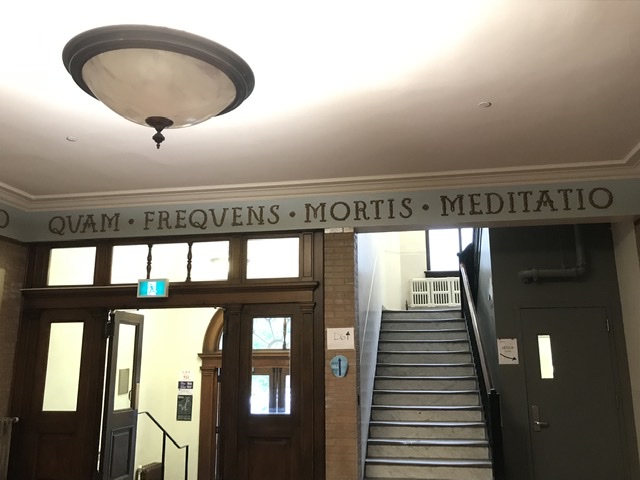

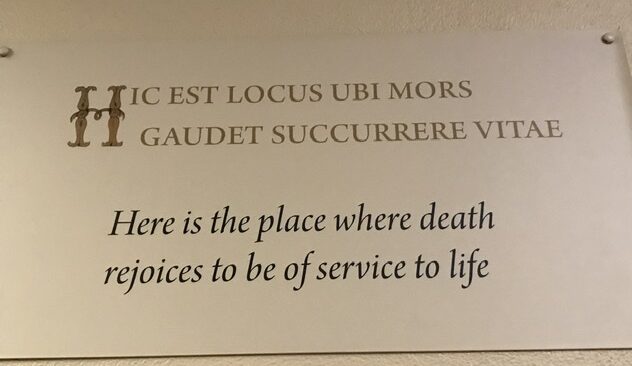

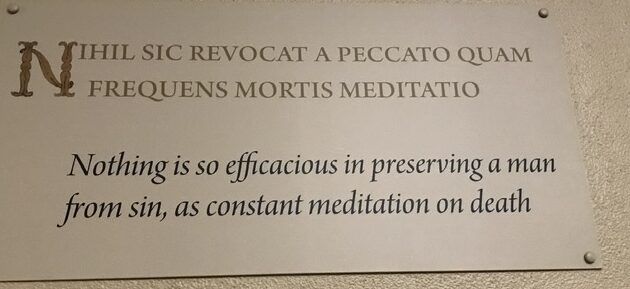
The building wasn’t condemned but it felt like it could be at any moment. I’m guessing the neurophilosophy department doesn’t have big splashy donors, or even janitorial services.
The research assistant finally retrieved me from The Lobby of Doom took me downstairs to the basement, where I was asked to wait in the intake room. There were several large abstract oil paintings of female nudes shoved next to the desk where I was seated, a thigh-high heap of dusty computer components and monitors tumbled together, a heavily stained linoleum floor that was visibly subsiding in the corner, but in the very back of the room there was A SUPERCOOL TRANSCRANIAL MAGNETIC STIMULATION BRAIN BUZZING MACHINE CHAIR RIDE
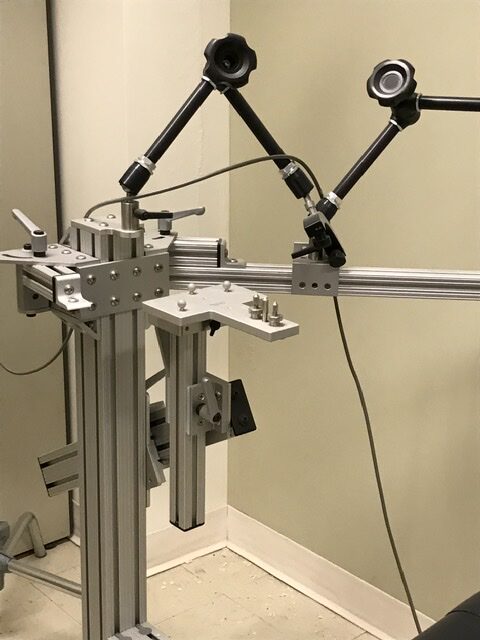

The mag chair was nice and clean, unlike everything else in this junk closet, and when the research assistant noticed me admiring it she was kinda like “ha ha ha, yeah we won’t be doing that today” and I was ushered into another slightly less cluttered room and seated in front of a massive monitor. An onscreen tutorial introduced me to the study task: looking at photos of women’s faces as they flashed on the screen, and rating the type and intensity of their expressions on a grid.
After about 30 minutes of that, I had to take a multiple-choice vocabulary test and underline the names of authors I recognized on a multi-page list of names. These tasks may have been the red herrings, but I’ll find out soon–Fernanda promised to tell me the actual study objectives after I’m done being cognitively manipulated for science.
(My guess is that the study is about priming as it relates to social judgements based on race, and possibly mirroring, but I’ll update this post once they disclose the real reasons next week.)
After a little more chatting about neurophilosophy, Fernanda handed me $15 sweet Canadian dollars from a wooden drawer on the far side of the room. I was a little tired and the rain was still spritzing, but I opted to walk the entire way home rather than take the subway. Rainboots aren’t the most comfortable shoes in which to walk long distances, but I was feeling thoughtful and at least I knew my feet would stay dry.
On the streets there were early holiday-makers and lots of lights, booths, and stages being set up for La Fête Nationale. How much of this patriotic display was due to mirror neurons? Was I subconsciously making assessments of these holiday-makers based on their race, their expressions, or the names of familiar authors, even though I had crossed those names off a list? Is neurophilosophy just an academic scam, a faddy research faction, the neuroscience equivalent of pandemic baking and goat yoga?
And, perhaps most importantly: would constantly meditating on death save me from sin? Or just drive me into the arms of $15CDN worth of candy?
Only Fernanda knows for sure.
